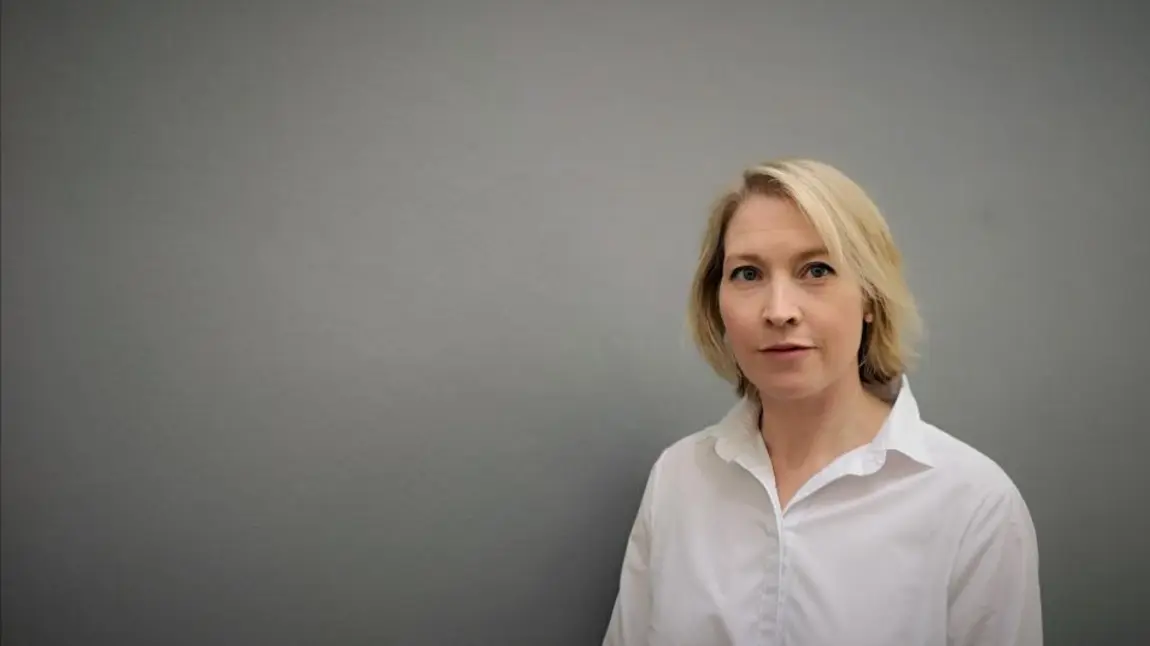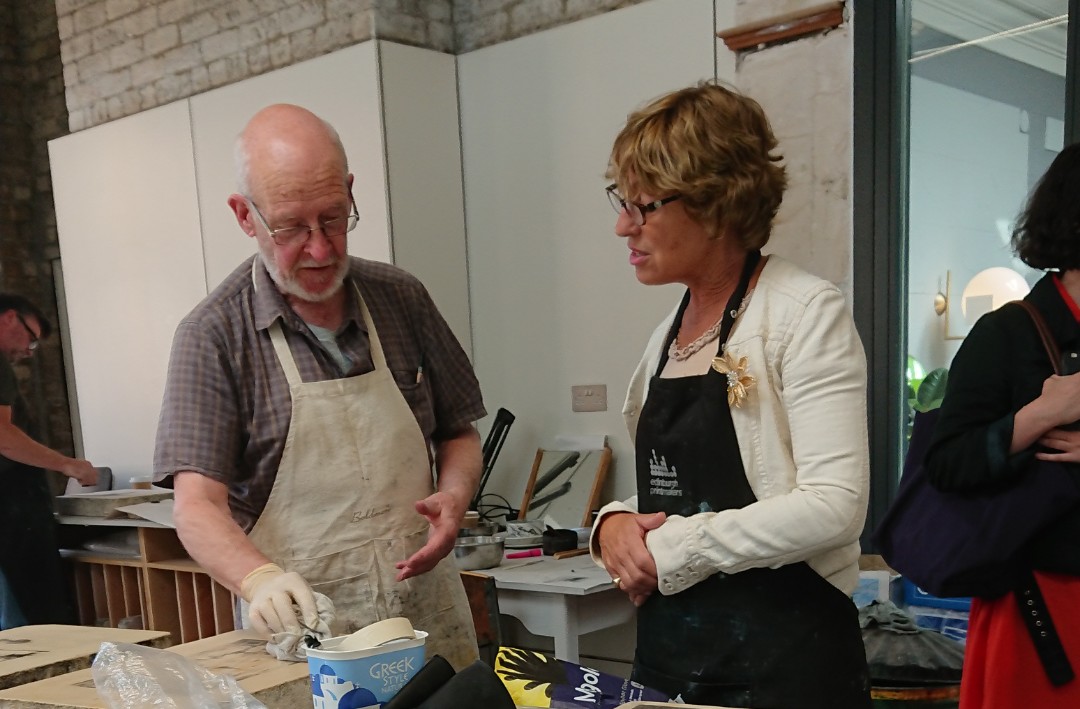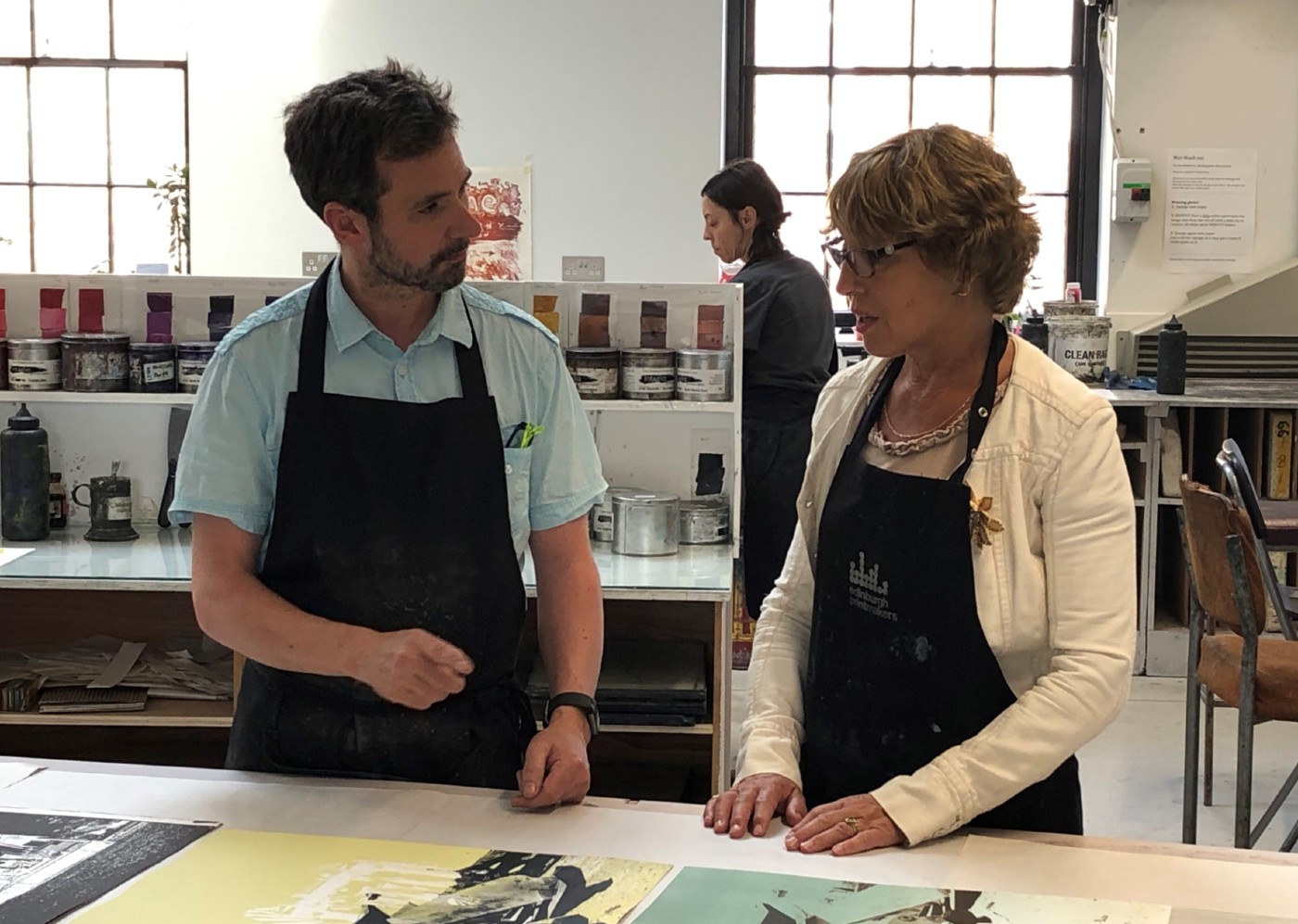Our new Director of Scotland tours Edinburgh's heritage

I recently rejoined The National Lottery Heritage Fund as Director of Scotland. It was a welcome return after a year away as Head of Grants at Historic Environment Scotland.
With a few busy weeks of visits, events and meetings under my belt, I wanted to take a moment to reflect on one of the most interesting and valuable aspects of my new role. That is, showcasing our amazing projects, and the people who make them happen, to senior stakeholders in Scotland and across the UK. In turn this gives us a valuable understanding of their often very different perspectives.
Meeting the minister
A great example of this was last Friday (23 August) when I had the opportunity to meet the Minister for Arts, Heritage and Tourism Rebecca Pow MP. She was recently reappointed as minister with The National Lottery and Lottery policy added to her responsibilities.

With that in mind, I wanted her to experience the impact of our investment in Scotland’s heritage. We know that often the strongest impression is made by the organisations and individuals that we fund telling their own stories, so we took her to some recently opened projects.
Creating a must-visit destination
First on our tour was contemporary art space Collective, which sits on top of Edinburgh’s iconic Calton Hill on the site of the historic Observatory. The regeneration of the complex, which itself is a UNESCO World Heritage Site, has been possible thanks to £1.3million of National Lottery funding.
Collective have turned a significant historic site into an impressive gallery space and buzzing tourist attraction.
The minister and I were really interested to hear from Collective about how they have turned this significant historic site into an impressive gallery space and buzzing tourist attraction. It was good to hear about the partnership approach that has evolved between Collective and Edinburgh City Council and to see for ourselves the powerful combination of outstanding historic significance and cultural creativity into a must-visit destination.
A hub for the 21st century
Next stop was Edinburgh Printmakers in Fountainbridge. Formerly the headquarters of the North British Rubber Company, it is one of the last physical reminders of the manufacturing industries that once dominated the city.
Thanks to our investment, this large scale at-risk building has been turned into a beautiful 21st-century hub for creative industries with unique facilities and opportunities for Edinburgh’s creative community. There is a new home for the successful Edinburgh Printmakers charitable enterprise, as well as workshops, retail spaces, café-bar and learning centre.

Acting as a historic anchor in the rapidly changing area of Fountainbridge, the old building provides both context for the new development and continuity with what went before. In this sense, the heritage itself acts as a vital asset, helping to shape a new, modern and distinctive place for creativity.
Expert staff were able to show the minister the new printmaking and learning space and talk about the extensive programme of learning activities and skills development which is building capacity within the organisation, developing partnerships with local training providers and engaging the local community.
The importance of collaborative working
Highlights included meeting local artists who gave us insights into the historic printmaking techniques they still practice, and the intriguing exhibition Deer Dancer by Hanna Tuulikki. This had been created with support from another National Lottery Heritage Fund grant recipient, Trees for Life.
In particular, the minister was interested in how we can protect and preserve vital heritage skills like printmaking, keeping them alive for future generations.
In particular, the minister was interested in how we can protect and preserve vital heritage skills like printmaking, keeping them alive for future generations.
She also highlighted the benefits of integrating our cultural and natural heritage and the importance of collaborative working between the different heritage and cultural sectors.
It was an interesting day out, and as always, I found it very inspiring to hear about the difference that our investment makes to the creative industries and beyond.